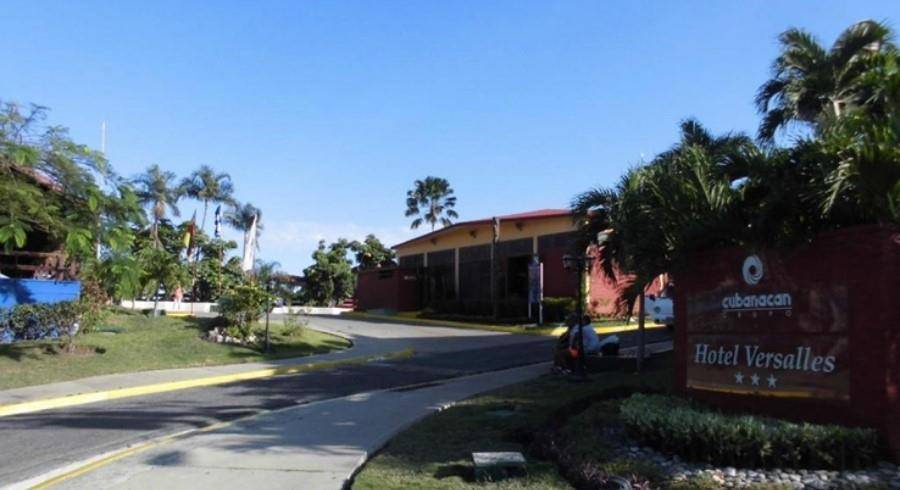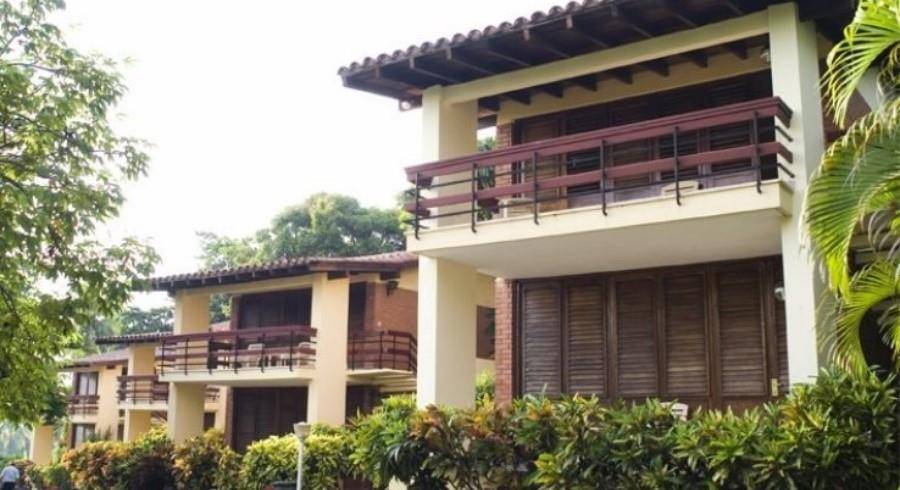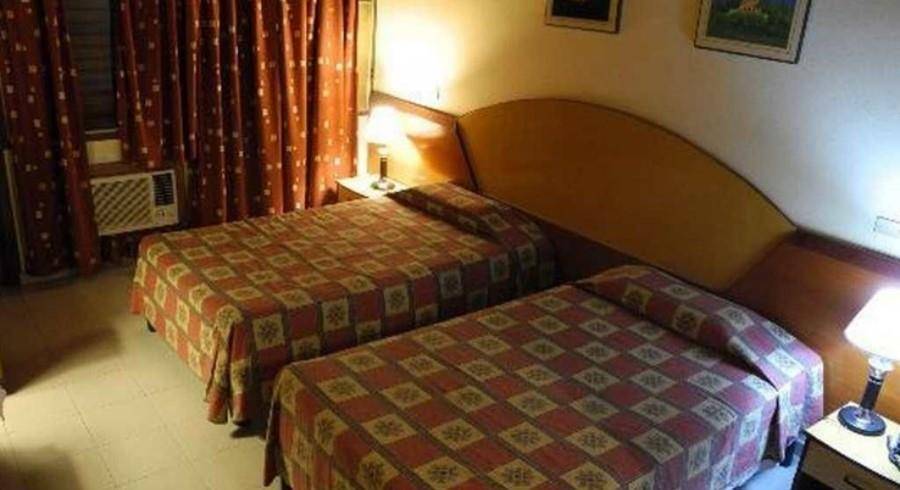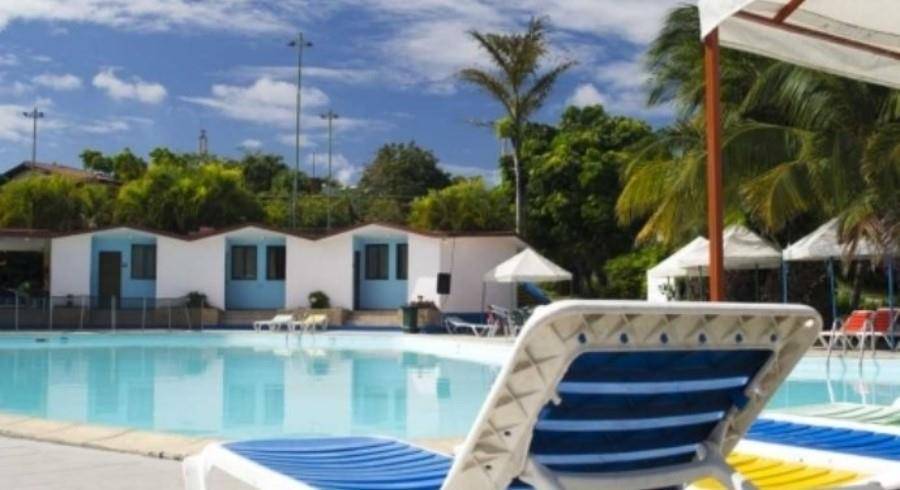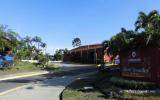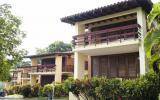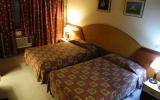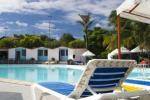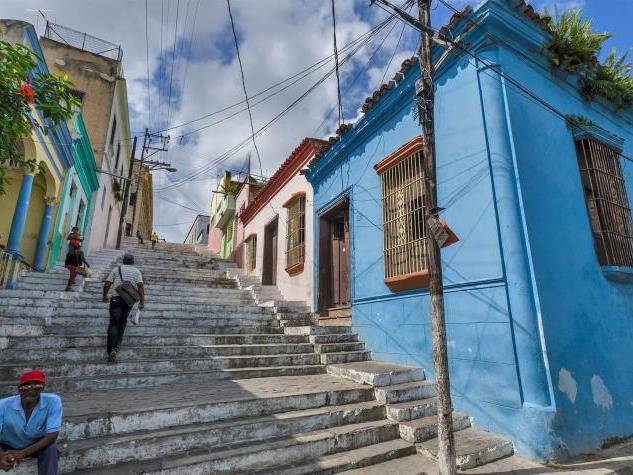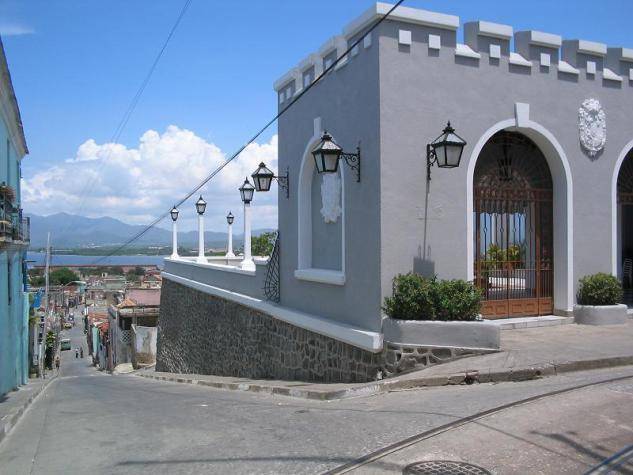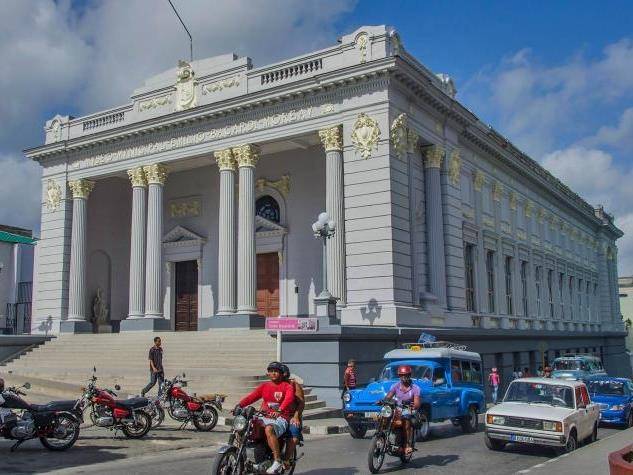
Emilio Bacardí Provincial Museum
Cuba's oldest museum was founded in 1899 by Emilio Bacardí Moreau, the former Santiago mayor whose rum-making family fled to Puerto Rico after the Revolution. It is just a few metres from the Parque Céspedes, in the heart of the city. The museum has an excellent collection of Cuban art, as well as some European works, some items from the wars of independence and an archaeological hall that features a 3,000-year-old Egyptian mummy, two Peruvian skeletons and a shrunken head. It houses the most important painting gallery in Cuba, displaying an enviable collection of colonial painting dating back two centuries.

